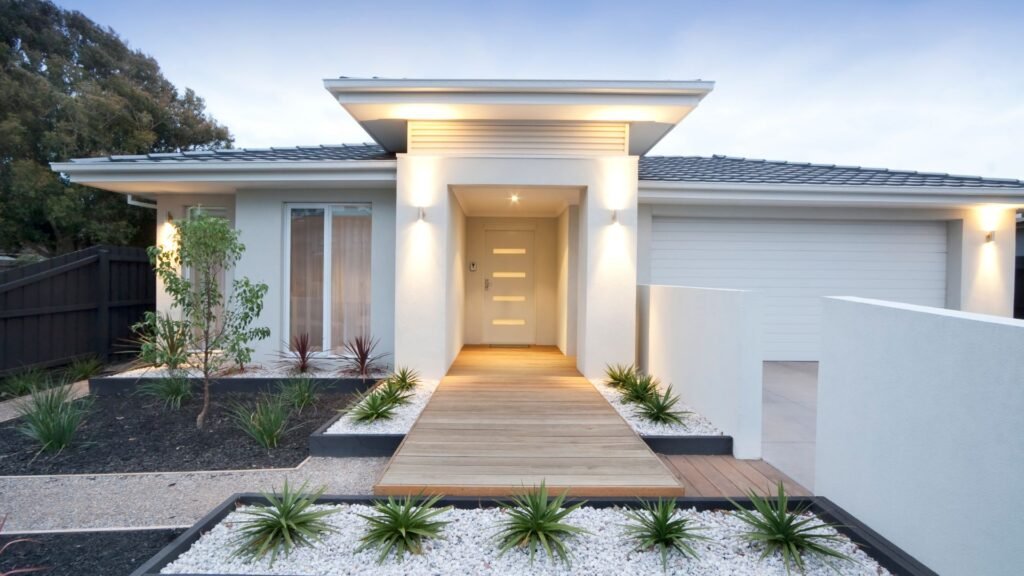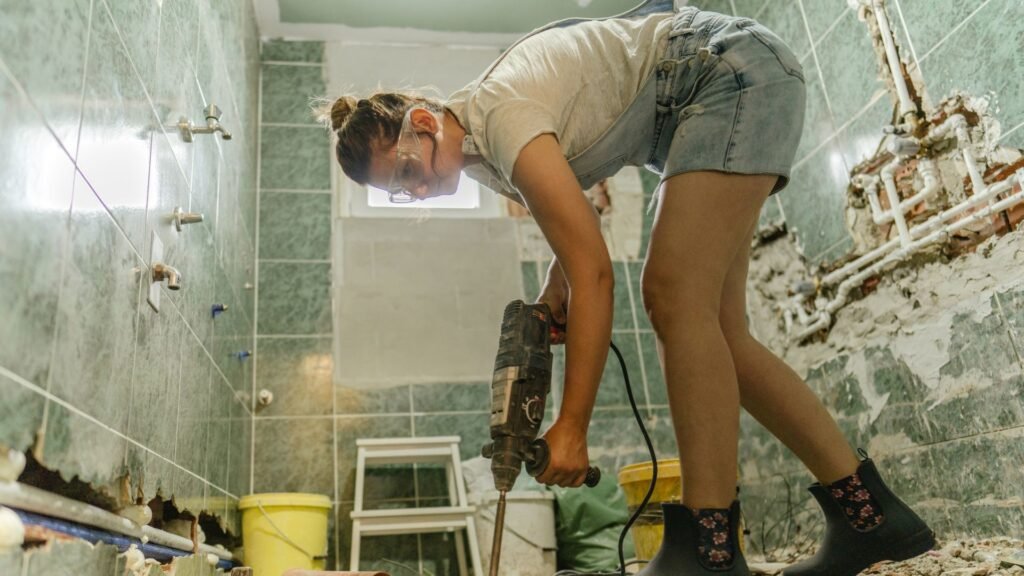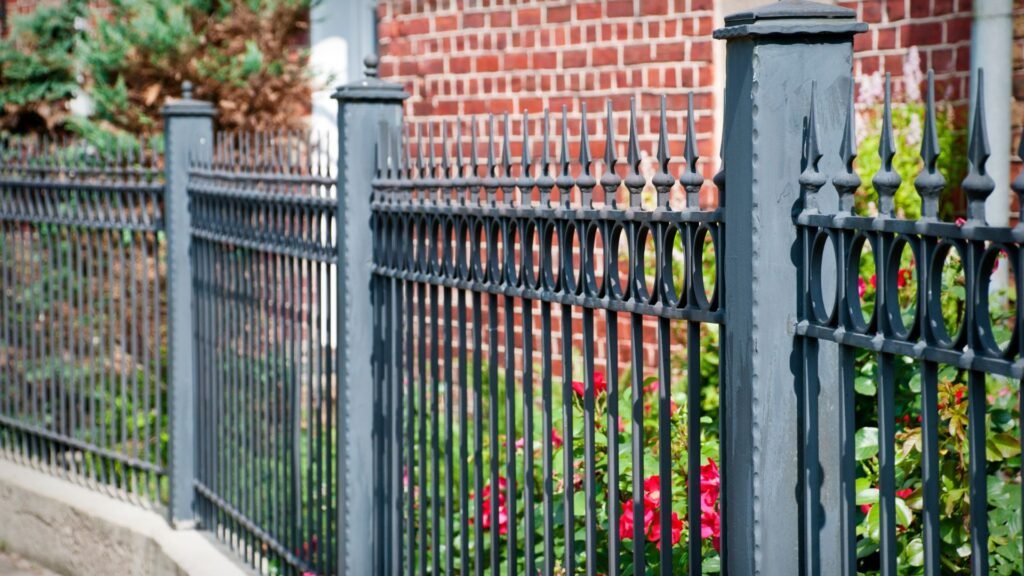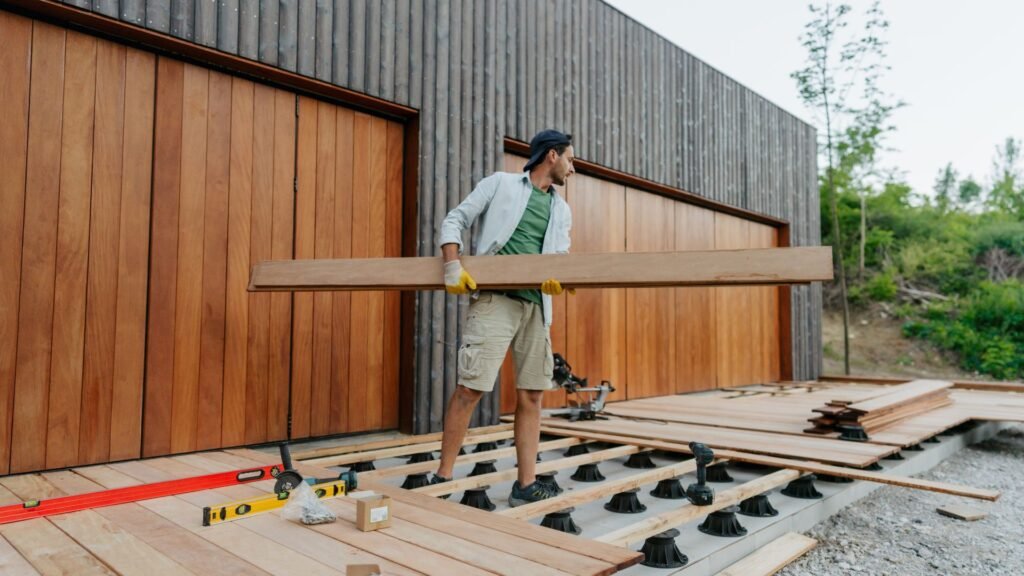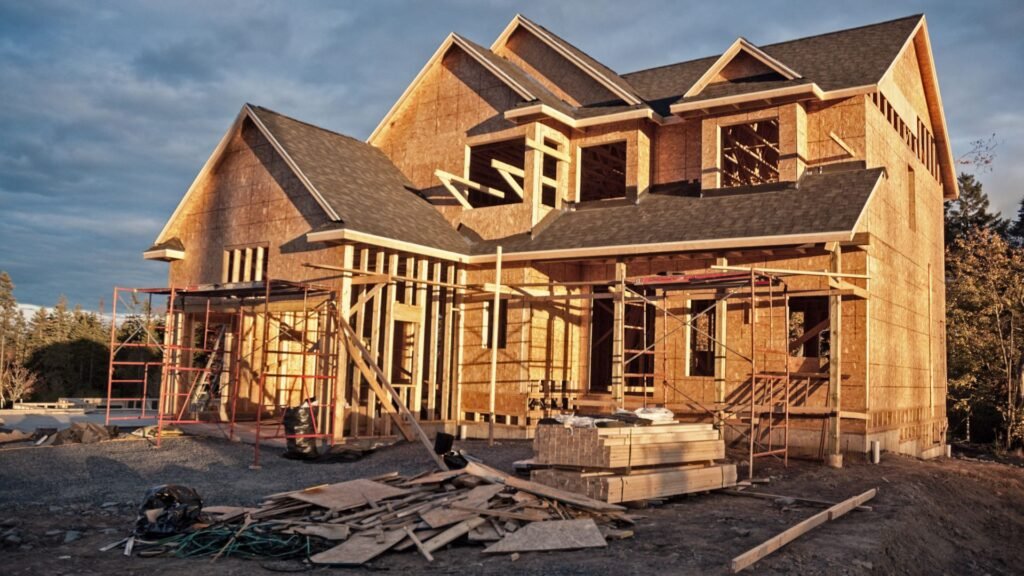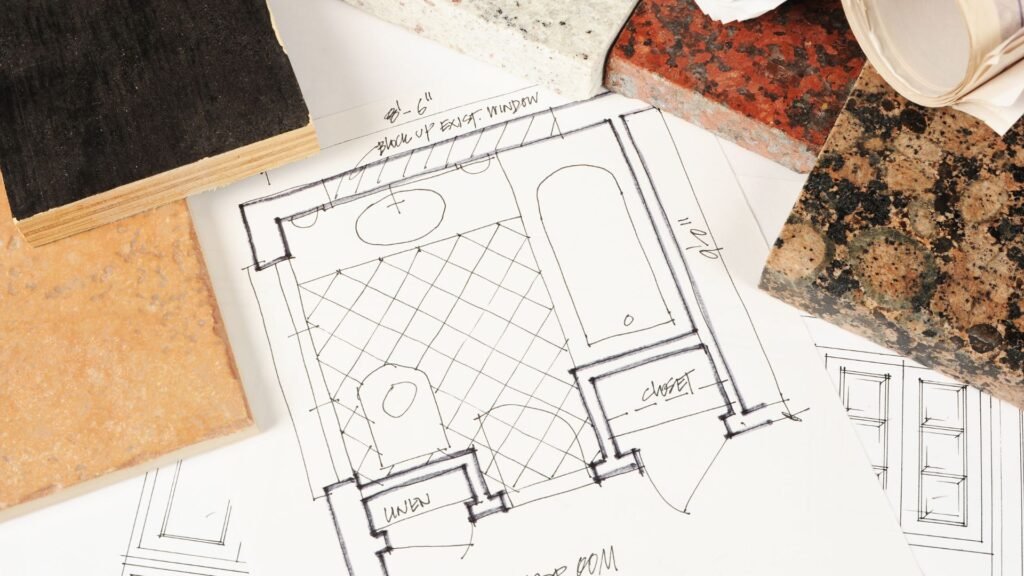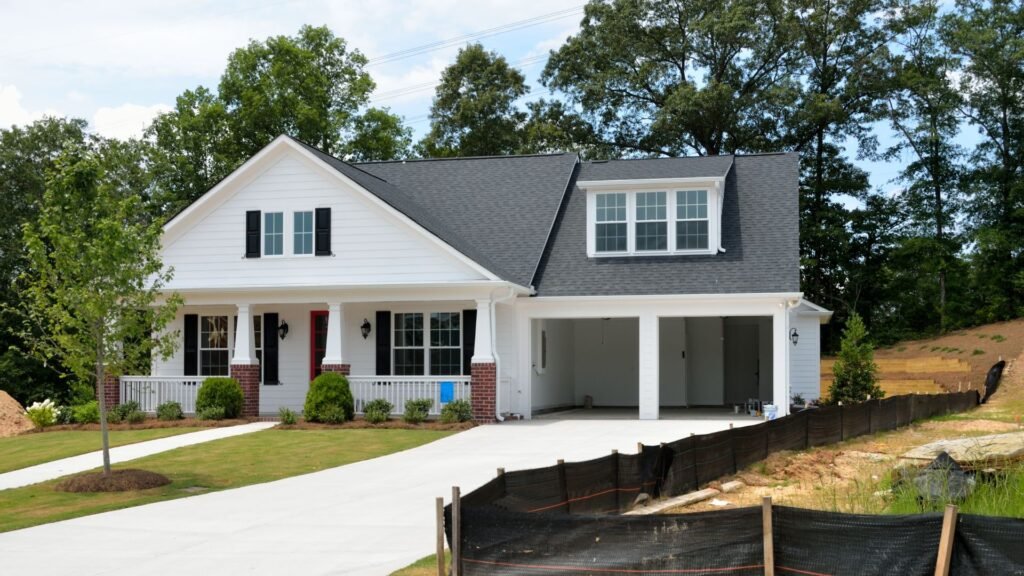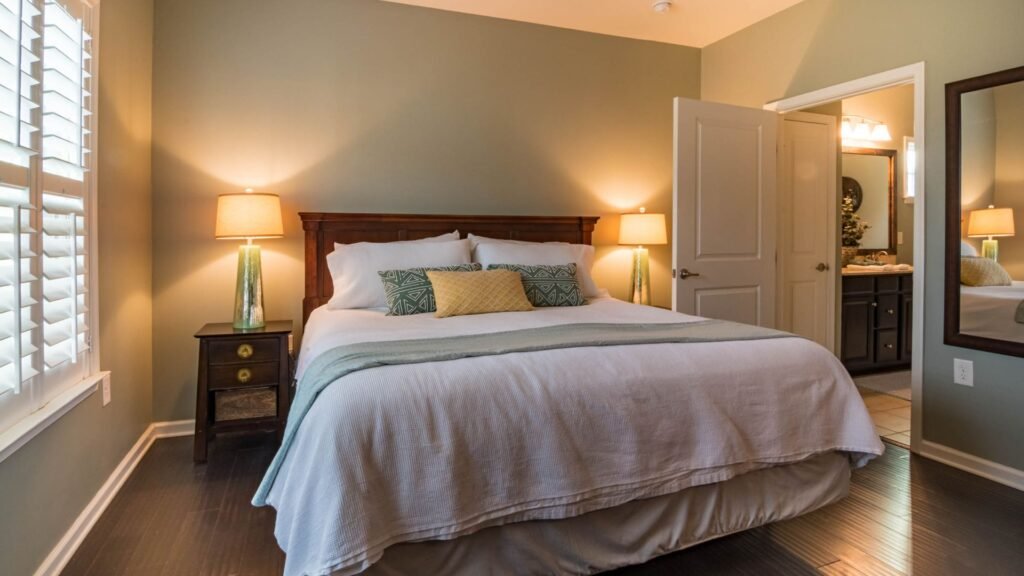Welcome to your go-to guide on understanding the true cost of building a new home in New Zealand. Whether you’re dreaming of a modern city townhouse or a family home on a lifestyle block, knowing what goes into the price can save you stress, money, and time. Many people start with a rough figure they’ve seen online, only to find the actual cost is very different once materials, labour, permits, and site preparation are factored in. In this article, we’ll break down the key elements that influence new build costs, highlight hidden expenses you might not have considered, and share practical tips to help you budget wisely so you can turn your vision into a home without nasty surprises.
The average new build cost in NZ ranges from $2,500 to $4,500 per square metre, depending on location, design, materials, and finishes. Costs include labour, materials, council fees, and site preparation, but can increase with complex layouts or premium upgrades. Always get detailed quotes from local builders to get an accurate figure for your project.
Table of Contents
What “New Build Cost” Really Means
When you hear the term “new build cost” in New Zealand, it’s easy to think it’s a single number that covers everything from start to finish. In reality, it’s a combination of many different expenses that come together to create your final price. Understanding exactly what’s included can help you budget accurately and avoid surprises later on.
A new build cost typically includes:
- Materials: All the physical components used to construct your home, such as timber, steel, roofing, insulation, windows, and fixtures. The quality and brand you choose will have a big impact on the total cost.
- Labour: Payment for the builders, electricians, plumbers, painters, and other tradespeople who bring your home to life. Labour rates vary by region and can increase if there’s a shortage of skilled workers.
- Permits and Fees: Council charges for building consent and, if necessary, resource consent. These are legal requirements in NZ and can vary depending on the complexity of your project.
- Land Preparation: This covers clearing the site, earthworks, levelling the land, and preparing foundations. If your site is sloped, rocky, or requires extra drainage, costs can rise significantly.
One of the biggest misconceptions about building costs comes from the advertised per-square-metre rates you see online or in marketing brochures. These figures are often based on a “base build” price, which means they only cover the most basic materials and standard finishes. They may not include landscaping, driveways, premium fixtures, or design upgrades you want. This can make the initial number look more affordable than what you’ll actually pay.
Your final build cost will rarely match the “average” figures because every project is unique. Factors like your location, the slope of your land, the complexity of your floor plan, the materials you select, and even the season you start building in can all cause prices to fluctuate. For example, a 150-square-metre home in Auckland with mid-range finishes will almost certainly cost more than the same home built in a smaller rural town due to labour rates and material availability.
If you understand what’s really included in a new build cost, and what’s not, you’ll be in a better position to set a realistic budget, compare quotes fairly, and make informed decisions throughout the building process. This clarity can be the difference between a smooth build experience and one filled with costly surprises.
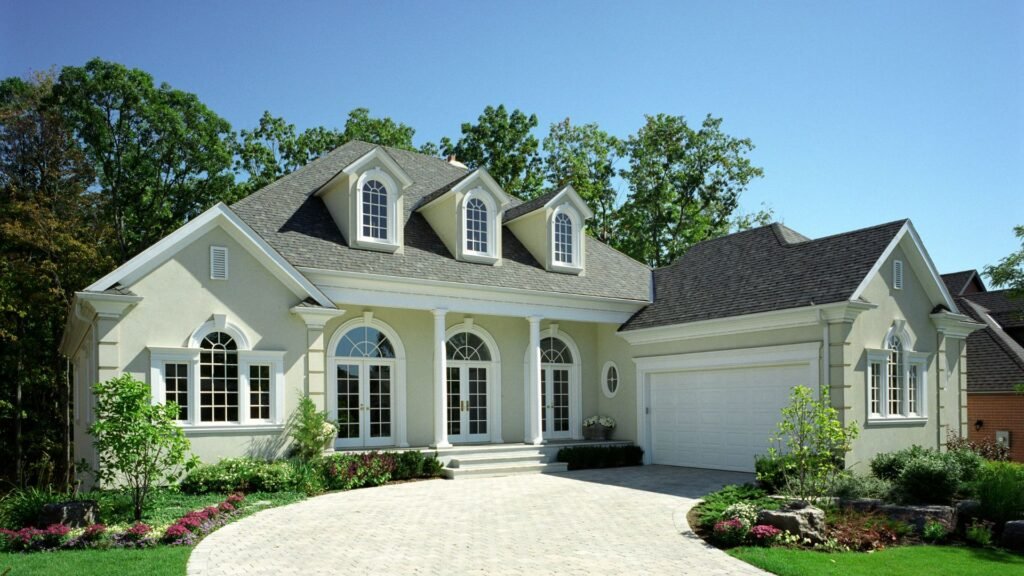
Average New Build Costs In NZ
When planning to build a home in New Zealand, one of the first questions most people ask is, “How much will it cost?” While there’s no single figure that fits every project, looking at the latest averages can give you a realistic starting point. In 2025, most new builds in New Zealand fall between $2,500 and $4,500 per square metre. This range covers standard-quality homes through to high-end, architecturally designed houses. It’s important to remember that these figures usually include construction, labour, and materials, but they may not account for extras like landscaping, driveways, or utility connections.
Building In Major Cities Vs. Smaller Towns
Where you choose to build has a big impact on your total cost. Major cities such as Auckland, Wellington, and Christchurch generally have higher building expenses due to increased demand, higher labour rates, and sometimes more expensive council fees. For example, securing skilled tradespeople in Auckland can be more competitive, pushing hourly rates up. In contrast, smaller towns or regional areas can offer lower construction costs, but they may come with extra charges for transporting materials or specialist trades to your site. In some rural locations, the savings on labour can be offset by higher logistical expenses, so it’s worth weighing both sides before deciding on a location.
How Design Complexity And Finishes Affect Cost
Beyond location, your home’s design and finish level play a major role in determining your final budget. A simple, single-storey layout with standard finishes will sit at the lower end of the cost range. On the other hand, complex designs, such as multi-storey builds, custom architectural features, or irregular floor plans, require more time, materials, and skilled labour, which can significantly increase your per-square-metre price. The same applies to finishes: opting for premium flooring, stone benchtops, or imported fixtures can quickly push your budget higher. Balancing style preferences with practical spending choices is key if you want to stay within budget while still achieving the look and feel you’re after.
By understanding how national averages, location, and design decisions interact, you can approach your new build project with a clearer picture of what to expect financially, and make informed choices that align with your goals.
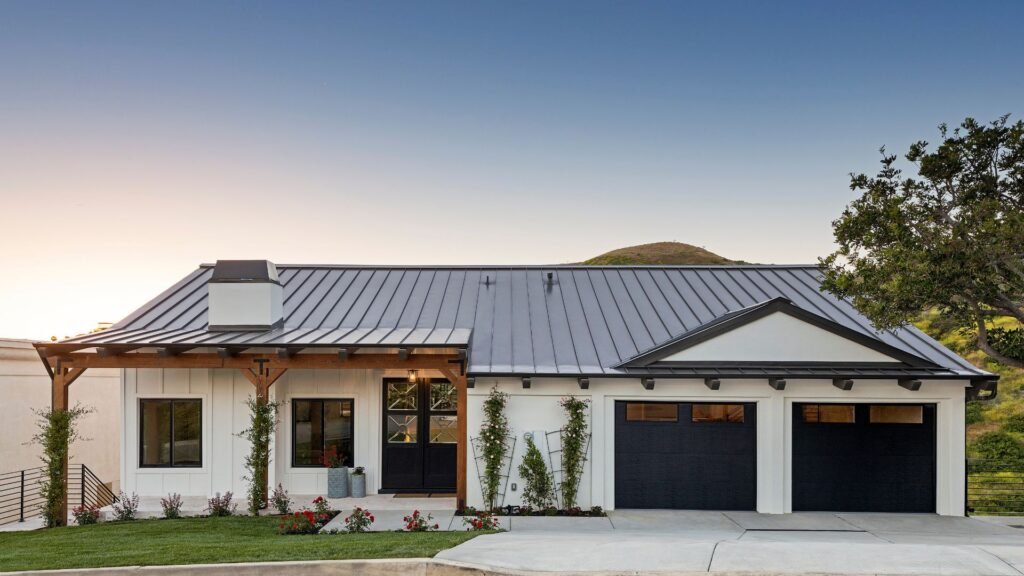
Key Factors That Influence The Price
When it comes to building a new home in New Zealand, the final price tag isn’t just about the square metres. Many factors come into play, and understanding them early can help you plan better and avoid costly surprises. Below are the main elements that can make your build more expensive or more affordable.
Location
Where you choose to build plays a major role in your overall cost. Urban areas often come with higher labour rates and more expensive land, but they may have better access to materials and services. Rural locations can sometimes offer cheaper land prices, yet they may require extra spending on transport, equipment hire, or even specialised contractors willing to travel. The land itself also matters, steep slopes, poor soil quality, or limited road access can all increase site preparation costs before you even start building.
Size And Layout
The size of your home is one of the most direct cost drivers. A larger floor area requires more materials, more labour hours, and more time to complete. Beyond size, your layout matters too. A single-storey home may be easier and cheaper to build, while a two-storey design could require more complex structural work. Open-plan designs often need fewer internal walls, but may demand stronger beams or additional engineering to keep the space structurally sound. The more complex the layout, the more you can expect to pay.
Materials And Finishes
Your choice of materials and finishes has a huge impact on cost. Budget-friendly options can keep spending in check, but they may not have the same lifespan as higher-quality alternatives. Mid-range materials offer a balance of durability and cost, while high-end finishes, such as premium stone benchtops, hardwood flooring, or designer fixtures, can push costs up quickly. Keep in mind that supply chain issues can also affect pricing, so local availability is worth checking before making final decisions.
Labour Costs
Labour is one of the largest expenses in a build, and prices vary across New Zealand. Areas with a shortage of skilled tradespeople can see higher rates and longer waiting times. In-demand builders may charge more, especially during peak building seasons. It’s important to factor in not just the hourly rate, but also the efficiency and quality of the team you choose, sometimes paying more upfront can save you from costly repairs or fixes later.
Council And Consent Fees
Every new build in New Zealand needs the right approvals, and these come at a cost. Building consent fees cover the review and inspection of your plans to ensure they meet local regulations. In some cases, resource consent may also be needed, especially if your project impacts the environment or sits outside standard zoning rules. These fees vary by region and can range from a few thousand dollars to significantly more for complex projects. Including them in your budget from the start will help prevent last-minute financial surprises.
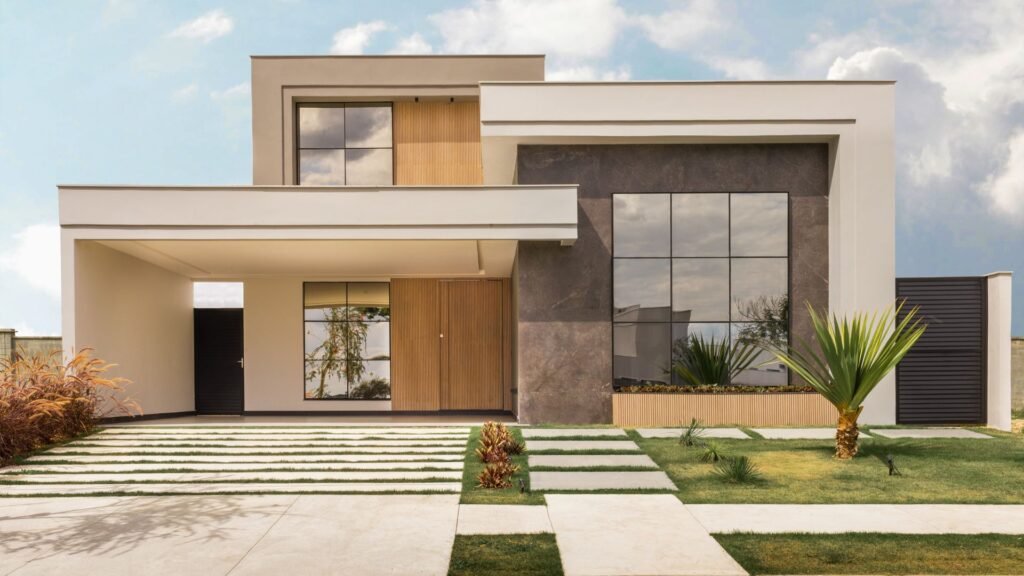
Hidden Or Overlooked Costs
When planning a new build in New Zealand, it’s easy to focus on the main construction price and forget about the smaller, less obvious expenses. These hidden or overlooked costs can add thousands to your budget if you don’t plan for them early. Understanding each one will help you create a more accurate estimate and avoid unpleasant surprises.
Site Preparation And Earthworks
Before construction starts, your section needs to be prepared for building. This can include clearing vegetation, levelling the ground, removing rocks, and carrying out earthworks to stabilise the site. If your land is sloped, has poor soil, or requires retaining walls, these costs can climb quickly. Even for a flat section, machinery hire, soil testing, and drainage work can add significant expenses.
Utility Connections (Water, Power, Internet)
Not all sections come with utilities ready to go. In some cases, you’ll need to arrange connections for water, electricity, gas, and internet. The cost depends on how far your property is from existing infrastructure. Running power cables or water pipes from the main lines to your site can cost more than expected, especially in rural or semi-rural locations.
Landscaping And Driveways
Many homeowners leave landscaping until the end, but it’s still part of the overall cost of creating a livable property. Driveways, pathways, fencing, and garden areas all add to the budget. Depending on the size and materials you choose, these can run into the tens of thousands. If your section has difficult terrain, you might also need retaining walls, drainage channels, or extra soil delivery.
Temporary Accommodation During The Build
If you need to move out of your current home before your new build is complete, you’ll have to factor in temporary accommodation costs. This could mean renting a property, staying in short-term housing, or even living with family. The length of your build will directly impact this cost, and delays can make it higher than expected.
Post-Build Maintenance And Defects
Even after you move in, there may be small issues that need fixing. These can include paint touch-ups, door adjustments, or minor plumbing and electrical repairs. While many builders offer a maintenance period, not everything is covered, and you might need to pay for certain repairs yourself. Setting aside a small portion of your budget for these post-build fixes will help keep your home in top condition.
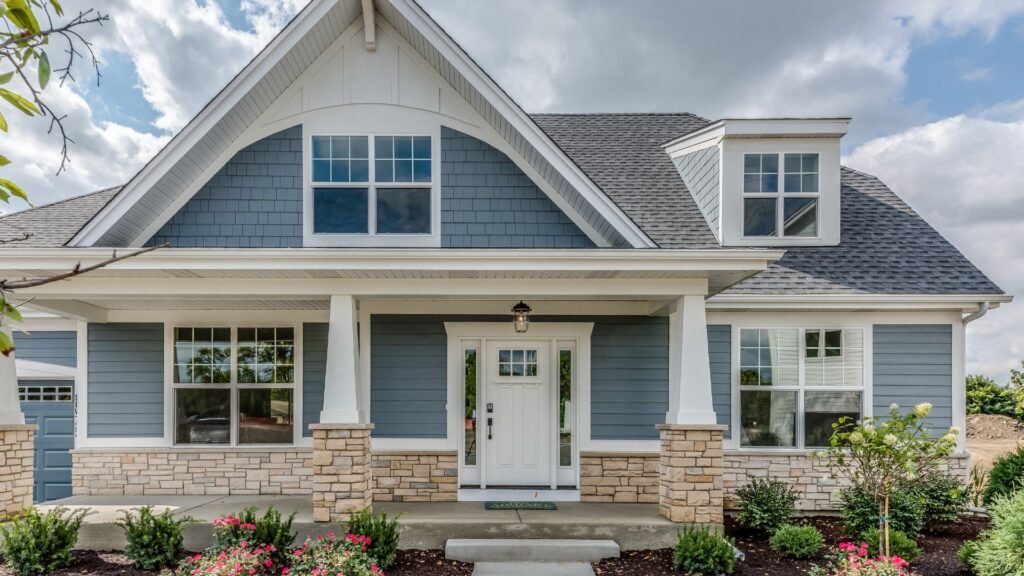
How To Estimate Your Own Build Cost
Estimating the cost of your new build in New Zealand is one of the most important steps in planning your project. Getting this right from the start helps you avoid budget blowouts, make informed decisions, and keep your dream home within reach. While no estimate will be exact until the build is complete, you can get a realistic figure by following a few practical steps.
Using Per-Square-Metre Rates As A Starting Point
A common way to begin is by using the average per-square-metre rate for new builds in NZ. At present, most builds range between $2,500 and $4,500 per square metre. This figure varies depending on factors like location, materials, and the complexity of your design. For example, a simple single-storey home in a regional area may sit at the lower end of the range, while a high-spec, multi-storey build in a major city will push costs higher. While this method gives you a baseline, remember that it’s just the first step. Many extra expenses, like site preparation or custom finishes, are not covered in the basic rate.
Asking For Detailed Quotes From Multiple Builders
Once you have a rough estimate, the next step is to approach several reputable builders for detailed quotes. Provide them with the same set of plans, specifications, and requirements so you can compare like-for-like. A good builder will break down costs into clear categories such as labour, materials, permits, and any allowances for fixtures or fittings. This level of detail allows you to spot areas where costs can be reduced or where upgrades may be worth the investment. Avoid relying on a single quote, different builders can vary significantly in pricing and inclusions.
Factoring In Contingencies For Unexpected Costs
No matter how well you plan, unexpected costs can, and usually do, arise. Weather delays, changes in material prices, or design adjustments mid-build can all impact your budget. To protect yourself, set aside a contingency fund of at least 10–15% of your total estimated cost. This safety net ensures that if issues pop up, you won’t have to compromise on quality or halt progress. Without this buffer, even small surprises can throw your finances off track and cause unnecessary stress.
By combining these three steps, starting with a per-square-metre estimate, getting multiple detailed quotes, and allowing for contingencies, you’ll have a much clearer and more reliable picture of your total build cost. This approach not only helps you budget effectively but also gives you the confidence to move forward knowing you’ve prepared for both the expected and the unexpected.
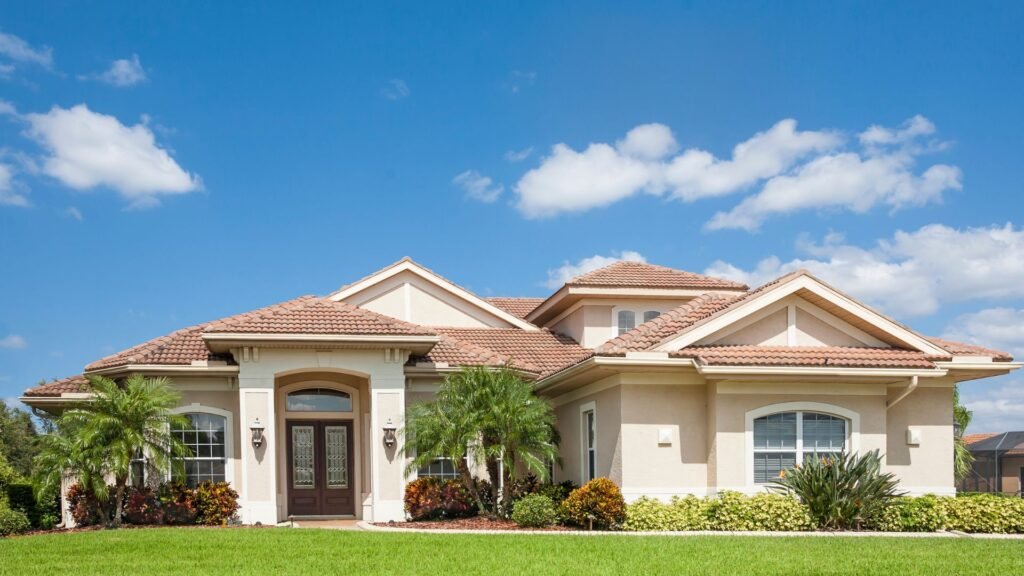
Tips To Keep Costs Under Control
Building a new home in New Zealand can be one of the biggest financial decisions you’ll make, so managing costs from the start is crucial. While prices can quickly spiral if you’re not careful, a few practical strategies can help you stay within budget without compromising on quality or style. Below are proven tips that homeowners across NZ use to keep new build expenses in check.
Choose A Design That Suits Your Budget From The Start
The design stage sets the tone for your entire project. If your plans include complex layouts, multiple stories, or high-end architectural features, expect your build cost to rise. Instead, choose a design that matches both your lifestyle and financial comfort zone. Talk to your builder or architect early about your budget so they can guide you toward layouts and finishes that achieve your goals without unnecessary expense.
Work With A Builder Who’s Transparent About Pricing
Not all builders price their projects the same way. Look for a professional who provides clear, itemized quotes and is willing to explain each cost. Transparency reduces the risk of surprise charges later and gives you confidence that your money is being spent where it matters. Read reviews, check references, and choose someone who has a track record for delivering projects on budget.
Make Decisions Early To Avoid Variations
Changes made mid-build, known as variations, are one of the fastest ways to blow your budget. Even small alterations, like changing a finish or adding an extra feature, can trigger additional labour, materials, and delays. Make as many decisions as possible before construction starts, from paint colours to kitchen layouts, so your builder can work without constant interruptions.
Consider Staged Builds Or Simplified Designs
If your dream home feels out of reach financially, consider a staged build. This means completing the essentials now and adding extra rooms or features later when your budget allows. Alternatively, choose a simpler design with fewer structural complexities, which can significantly cut labour and material costs. Many homeowners are surprised by how stylish and functional a simpler design can be when done well.
By combining careful planning with the right team and a realistic approach to design, you can control your new build costs while still creating a home you’ll love for years.
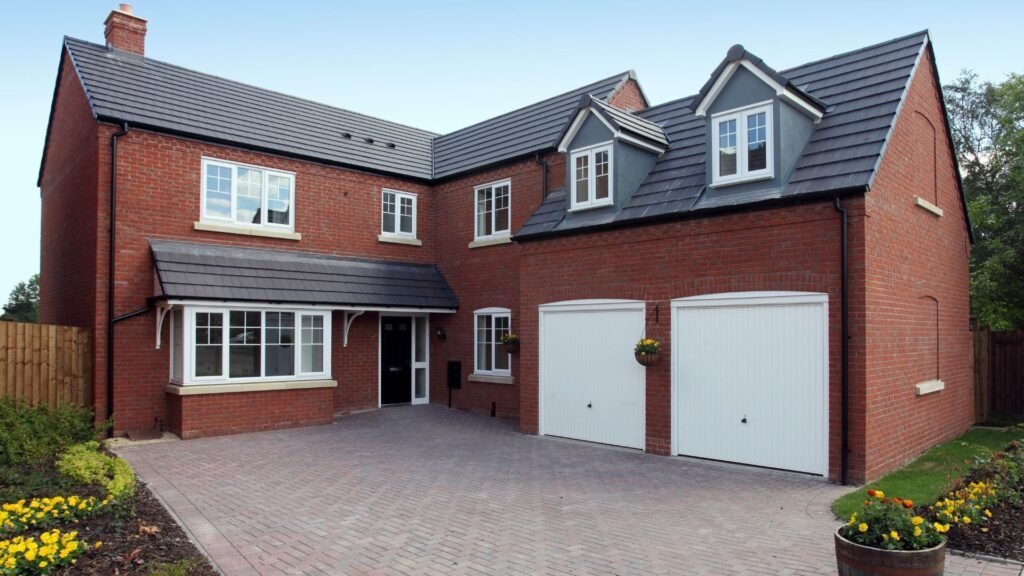
Financing Your New Build
Building a new home in New Zealand is exciting, but before the first brick is laid, you’ll need to understand how to finance your project. Securing the right funding is just as important as choosing the right builder, and it can make the difference between a smooth process and costly delays. Below, we break down the main options, how construction loans work, and the documents you’ll need to get approval from your bank.
Home Loan Options For New Builds In NZ
When it comes to financing a new build, you have a few choices depending on your situation and the stage of your project:
- Turn-Key Packages: These are common with housing developers. You pay a small deposit upfront, and the balance is due when the build is completed. This option works well for buyers who want certainty over costs and timing.
- Progress Payment Builds: Here, your lender releases funds in stages as the build progresses. Payments are usually made at key milestones, such as after the foundation is laid, framing is complete, and the home is finished.
- Standard Home Loans: If you already own the land and plan to build using your savings and a standard mortgage, some banks may structure your loan to cover both the land and the construction costs together.
The right choice depends on your budget, risk tolerance, and how involved you want to be in managing payments during construction.
How Construction Loans Work
A construction loan is designed specifically for building projects. Instead of receiving the full loan amount upfront, the bank releases money in agreed installments, often called “drawdowns”, as the work reaches certain stages.
- Lower Interest During Build: You typically only pay interest on the amount drawn down, not the full approved loan, until the build is complete.
- Progress Inspections: The bank may require a registered valuer or quantity surveyor to confirm each stage is complete before releasing the next payment.
- Converting To A Standard Loan: Once your home is finished, the construction loan usually switches to a standard home loan, with regular principal and interest payments.
This approach helps protect both you and the lender, ensuring funds are only released when work is completed to the required standard.
Key Documents And Steps Banks Require
Before approving finance for a new build, banks in New Zealand typically ask for detailed documentation. Being prepared speeds up the approval process and reduces the risk of delays. Common requirements include:
- Signed Building Contract: Outlines the agreed scope of work, payment schedule, and completion date.
- Detailed Building Plans: Architectural drawings, floor plans, and elevations so the bank can assess the project’s value.
- Fixed-Price Quote Or Estimate: A breakdown of costs for materials, labour, and other expenses.
- Proof Of Land Ownership: Title documents or a signed purchase agreement if buying land at the same time.
- Council Consents: Building consent and, if needed, resource consent from your local council.
- Insurance Certificates: Builder’s risk insurance and proof of cover for the property during construction.
Once these documents are submitted, your bank will review them, arrange property valuations, and confirm the loan structure before funds are released.
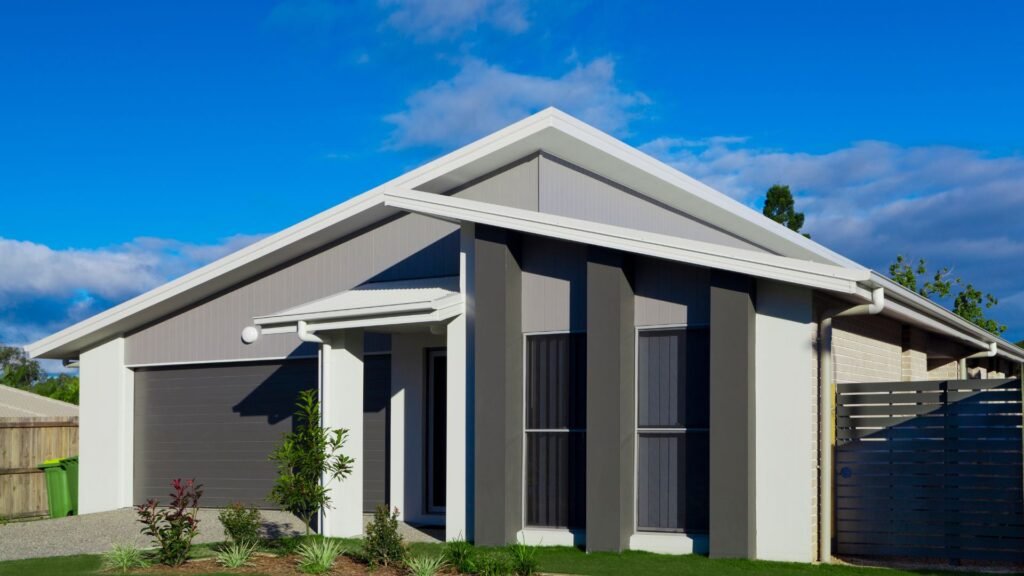
Making Cost-Effective Choices Without Sacrificing Quality
When building a new home in New Zealand, it’s natural to want the best of everything. But keeping your costs under control doesn’t mean you have to compromise on comfort, style, or durability. The key is knowing where to spend a little more for long-term value and where you can make savings without creating problems down the track.
When To Invest In Higher-Quality Materials
Some parts of your home will face heavy use or exposure to the elements, so it’s worth paying for quality here. For example, investing in durable roofing and cladding can protect your home for decades and reduce maintenance costs. The same goes for insulation, choosing a higher-grade option will improve energy efficiency and lower your heating bills year after year. High-quality windows and doors are also a smart investment, as they help with both security and energy savings. Think of these areas as the foundation of your home’s comfort and safety, where cutting corners can lead to costly repairs later.
Where You Can Save Without Long-Term Regret
Not every feature needs to be top-of-the-line from the start. Interior features like light fittings, taps, and even certain floor coverings can be chosen from mid-range options without significantly affecting the look or performance of your home. Paint is another area where you can save, most brands offer good-quality options at a lower price, and you can always upgrade the finish or colour later. Built-in storage can also be kept simple at first, with the option to add custom solutions once you’ve lived in the space and know exactly what you need.
Examples Of Smart Trade-Offs In Design And Materials
- Flooring: Use high-quality tiles or timber in high-traffic areas like kitchens and entryways, but choose cost-effective carpet for bedrooms.
- Kitchen Fit-Out: Invest in quality cabinetry frames but choose more affordable handles and splashbacks, which are easier to replace later.
- Bathroom Fixtures: Opt for a basic shower enclosure now but spend more on plumbing hardware, ensuring durability and easy future upgrades.
- Exterior Landscaping: Focus on essential hardscaping and basic planting initially, then add premium features like outdoor kitchens or decks over time.
By balancing your spending this way, you create a home that feels comfortable and built to last, without overextending your budget. This approach allows you to enjoy your new home now while keeping the door open for upgrades in the future, giving you both flexibility and peace of mind.
Want a clearer picture of your new build costs? Head over to our homepage for more insights.
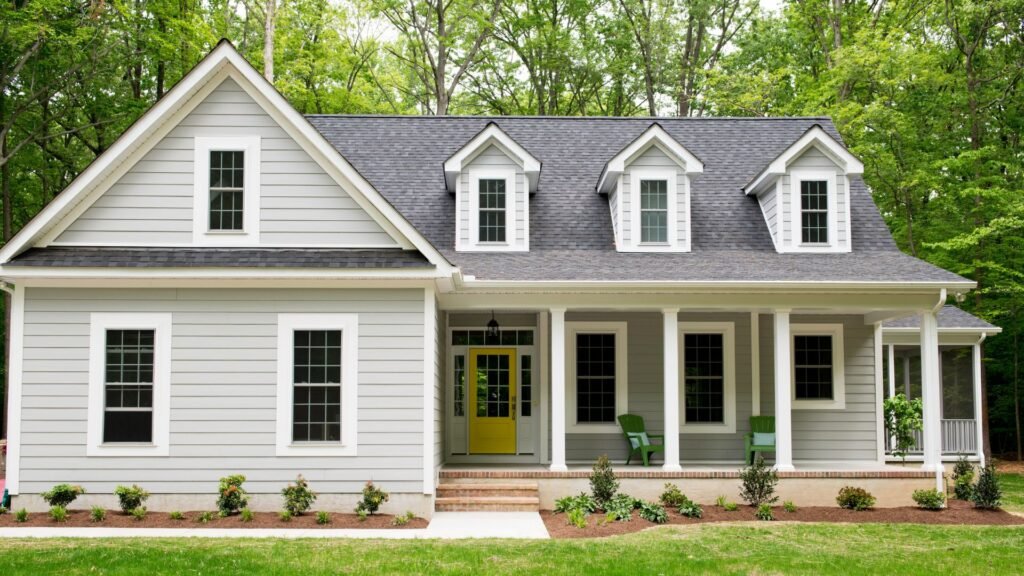
FAQs: About New Build Cost In NZ
What is the average cost to build a new home in NZ?
The average cost ranges from $2,500 to $4,500 per square metre, depending on location, design complexity, materials, and finishes.
Do new build costs include GST?
Most advertised prices do include GST, but always confirm with your builder to avoid unexpected charges.
What factors affect the cost of a new build in NZ?
Key factors include location, size, layout, materials, labour costs, site conditions, and council fees.
Are rural builds cheaper than city builds?
Not always. While land can be cheaper in rural areas, transport costs, limited contractor availability, and site preparation can increase expenses.
What hidden costs should I expect?
Common hidden costs include earthworks, utility connections, landscaping, driveways, and temporary accommodation during construction.
Is it cheaper to buy an existing home or build new in NZ?
In many cases, buying an existing home can be cheaper upfront, but building new allows you to customize and potentially save on future maintenance.
How long does it take to complete a new build in NZ?
Most new builds take between 6 to 12 months, but timelines can extend due to weather, supply delays, or changes in design.
Can I build a new home on a budget in NZ?
Yes. Choosing a smaller floor plan, simple design, and cost-effective materials can help reduce costs while maintaining quality.
How can I keep my new build costs under control?
Plan your design carefully, get multiple quotes, make decisions early, and work with a transparent builder to avoid expensive changes mid-build.
Do I need to pay council fees for a new build in NZ?
Yes. You’ll need to budget for building consent, and in some cases, resource consent fees, which vary by location and project scope.
Conclusion
Understanding the full picture of new build costs in New Zealand is the key to avoiding budget blowouts and unnecessary stress. From average per-square-metre rates to hidden expenses like site preparation, utility connections, and council fees, every detail plays a role in shaping the final price of your dream home. By taking the time to research, plan thoroughly, and seek advice from experienced professionals, you can make informed decisions that keep your project on track and aligned with your budget. Whether you’re building in a bustling city or a quiet rural location, the right preparation will help you achieve the best value without sacrificing quality. If you’re ready to take the next step, talk to a local builder today for a tailored quote that reflects your vision, location, and financial goals.

